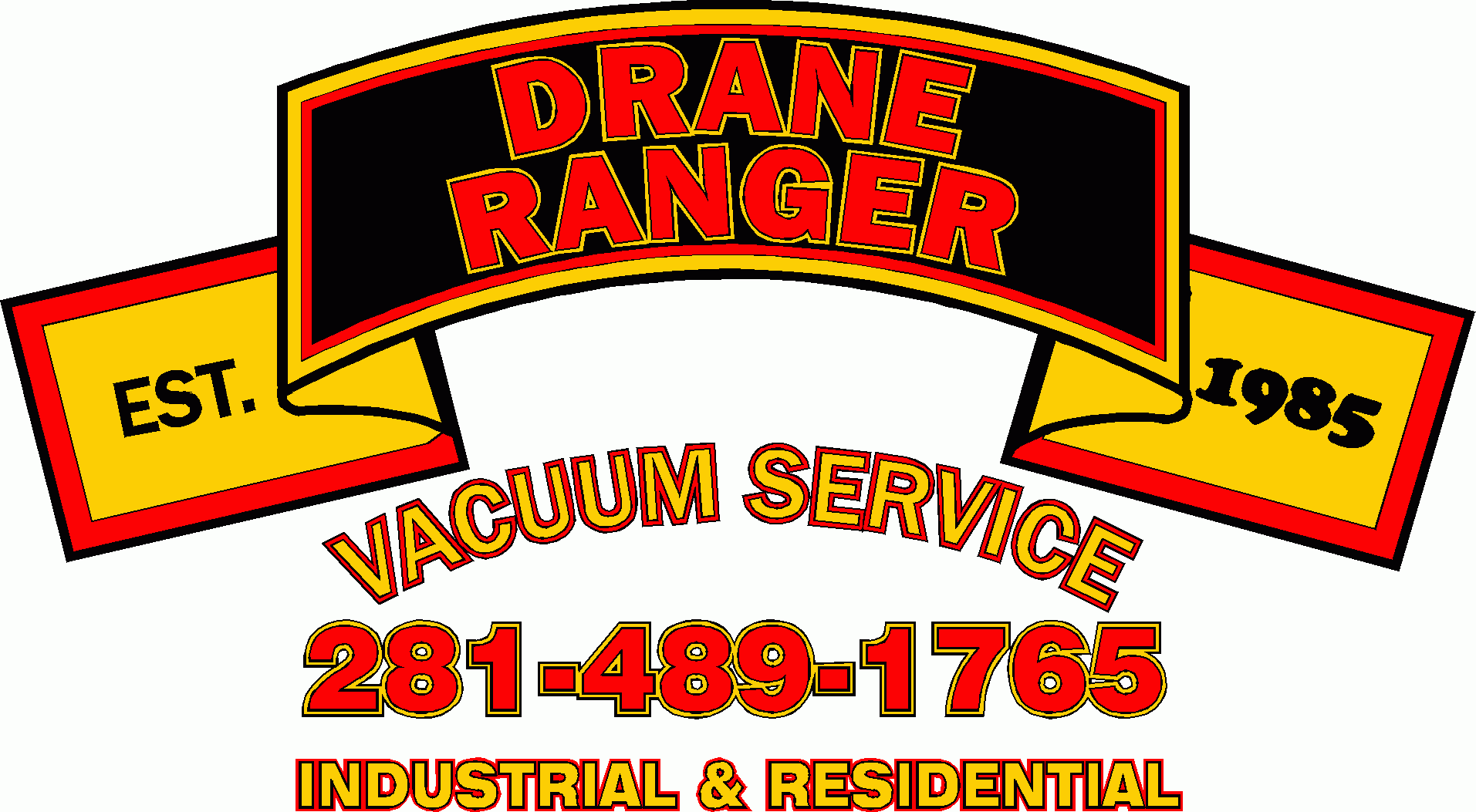Lift stations also referred to as sewer pumping stations are a critical component in the overall collection of wastewater. Most wastewater collection systems can’t function without lift stations. They are facilities that move raw sewage from lower, usually underground, to higher elevations through a system of pipes. Generally, wastewater lift station in Houston are used when the elevation of the source is not sufficient for gravity flow, the use of gravity conveyance results in excessive excavation and high construction costs: basements are too low to discharge sewage in the main sewer; sewage must be conveyed over a ridge; the sewage must be raised to get gravity flow through a treatment plant; discharge outlets are below the level of the receiving body of water; an existing gravity system is not yet available. If you don’t work in water reclamation facilities or pollution control facilities, you might need a bit more clarification about what exactly makes lift stations so important. Let’s start with a quick breakdown of the components.
The Design
Lift stations are complex facilities, and they are more than one type. The key elements of wastewater lift stations include a wastewater receiving well, known as a wet well, a screen to separate coarse materials, pumps and pipes complete with valves, a power supply system, equipment control and alarm system, an odor control system, and a ventilation system. The wet well is also equipped with a level sensor that determines when the pump turns on and off. When the level rises to a predetermined point, a pump starts to lift the sewage upward through a pressurized pipe system. From there, it is discharged, and the cycle starts over until the sewage eventually reaches its final destination, which is usually a treatment plant.
Lift stations are also equipped with floor access hatches or openings above the pump room, an overhead monorail beam, bridge cane, and portable hoist for easy pump removal.
The Advantages
As mentioned earlier, the main purpose of wastewater lift stations in Houston is to reduce the overall cost of sewer system construction. Other advantages depend on the type of lift station being used. Dry-pit or well pumps are not fully submerged in wastewater, which makes troubleshooting problems much easier. Instead of shutting the station down and taking it out of the well for inspection, the issue can be easily diagnosed during operation. Dry-pit submersible pumps are highly resistant to flooding damage and have a compact design which is perfect where space is limited. Lastly, there are submersible pumps, which are the least expensive to construct because only a wet pit is needed. Overall, lift stations mean there is no direct contact with the wastewater and sewage can be pumped automatically to higher elevations.
The Disadvantages
Although there is a long list of pros associated with lift stations, there are also negatives. Wastewater lift stations in Houston require a significant amount of power, are expensive to upgrade, and because of potential noise and odors, they create public concerns. Although they can reduce the cost of construction, lift stations are also expensive to construct and maintain. Contact us today for further information.
